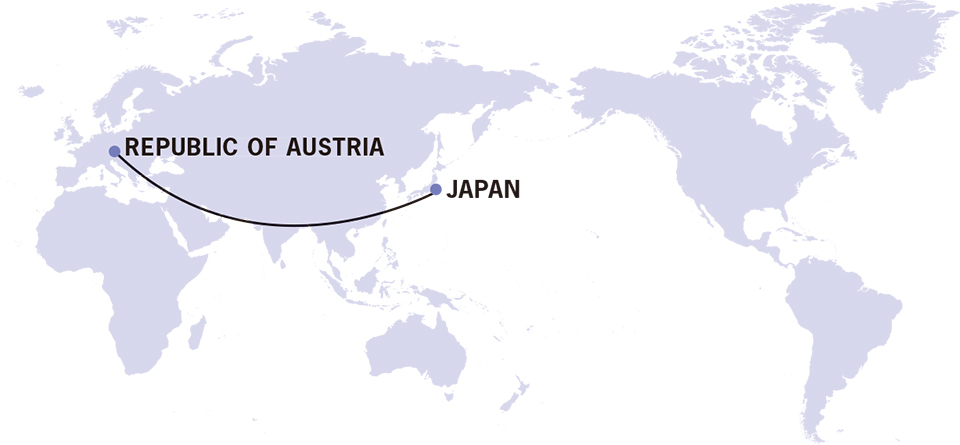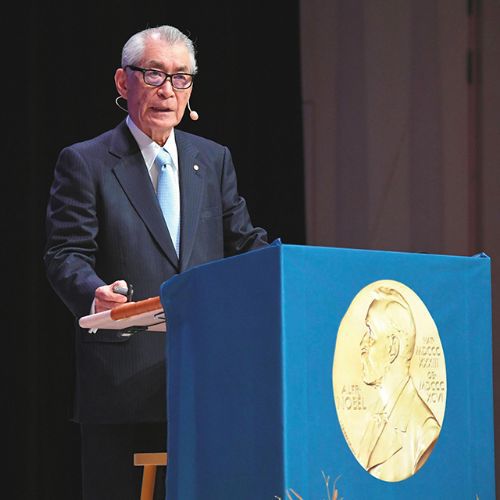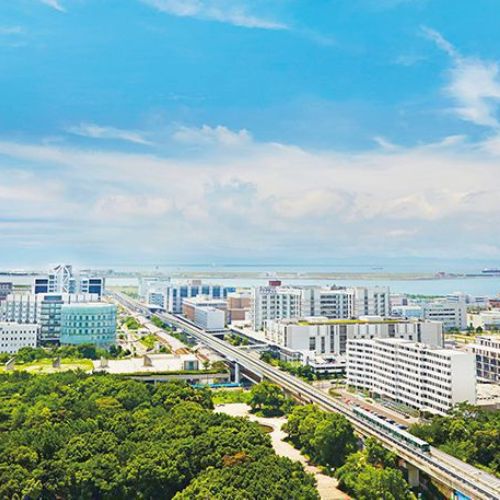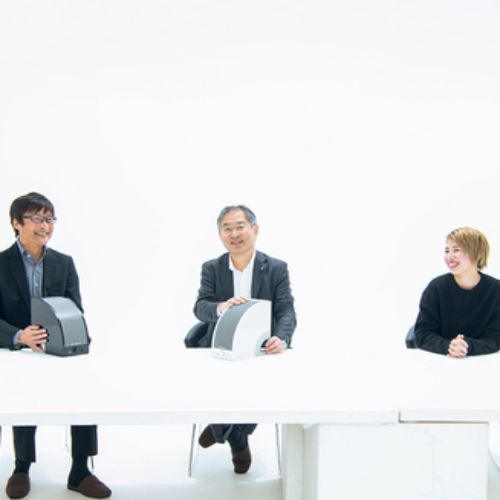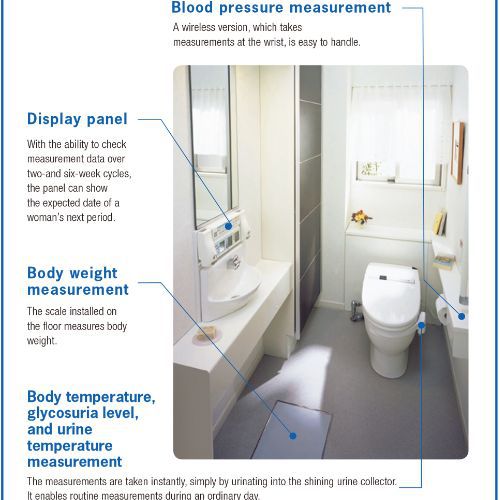In Nasushiobara City, Tochigi Prefecture, Florentine Ronniger connects two countries with a national costume and a smile
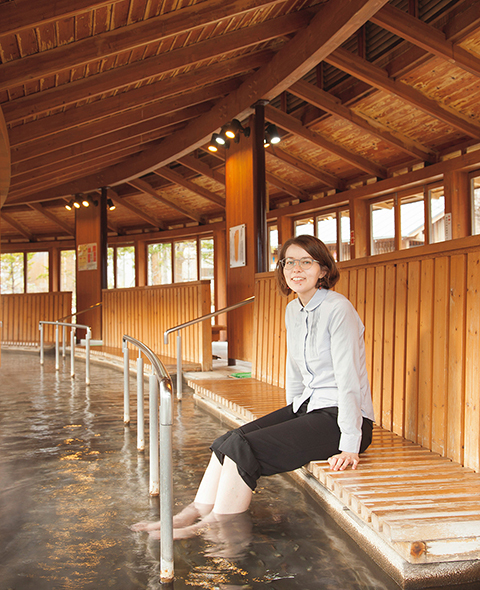
Yuppo-no-Sato at Nasushiobara Onsen is one of Japan’s largest footbaths measuring 60 meters long. It receives 60,000 visitors each year.
Florentine Ronniger
Born in Vienna, Austria. After graduating from the University of Vienna, where she majored in Japanese studies and art history, Florentine worked at Vienna’s Art History Museum as an exhibition hall attendant and visitor assistant. She currently works as a CIR in Nasushiobara City, Tochigi Prefecture. Acting as a bridge for exchanges between the sister cities of Nasushiobara and Linz, she introduces Austrian culture to Japan.
Florentine Ronniger, who was born in Vienna, Austria, grew interested in Japan while in high school. Her interest was inspired by Japanese manga and anime. Driven in part by her Japanese classmate, her interest deepened, and at the age of 17, she decided to go on a homestay in Arakawa-ku, Tokyo, a sister city of the Donaustadt district of Vienna. The way the latest technology and traditions intermingled in the large city of Tokyo deeply impressed her. Florentine ended up majoring in Japanese studies at university. After graduating, she worked at a museum in Vienna but travelled frequently to Japan, which remained dear to her heart. “People in Japan were always so kind. I often got lost and time and again people would walk me to my destination. This really touched me. I really wanted to repay them for their kindness.” This got her looking for a job that is culturally related to Japan, and when she saw a recruitment ad for the JET programme, she thought “This is it!”
She was hired as a Coordinator for International Relations (CIR) and assigned to a location some 150km north of Tokyo. This was the City Hall of Nasushiobara, Tochigi Prefecture, an area with rice paddies sprawling across Japan’s largest alluvial fan, rich dairy farming, and famous for its hot springs. While Florentine admittedly was not good at public speaking, local people were warm and always showed solicitude and talked to her. Now in her third year there, she speaks Japanese fluently.
Nasushiobara has a sister city relationship with the city of Linz in Austria. Florentine’s job is mainly to convey Austrian culture to local people. The regularly issued “International Sister City Newsletter” features articles such as the differences between the German used in Austria and Germany, as well as interesting pieces on themes such as “Do you take off your shoes at home in Austria?”, promoting a sense of familiarity with Austria among readers. In lectures given at community centers, Florentine explains how to make traditional sweets such as the Linzer Augen (a pastry with red currant jam) and gingerbread cookies. “The lectures are popular with people of all ages, from children to the elderly. In a lecture for parents and their children the other day, I interacted with 140 participants in a quiz format on a wide range of subjects including Austrian nature, sports and world heritage sites. At the end, we had fun all dancing a popular Austrian dance.”
Nasushiobara and the Austrian Triathlon Federation signed an agreement regarding the Tokyo Olympics and Paralympics Pre-camp, under which Austrian triathletes came to Japan recently, and Florentine acted as an interpreter. “Although it was a short stay of just two or three days, the triathletes were touched by the rural scenery here and took lots of pictures. I, too, love this landscape and shoot videos that I send to my family.”
Upon seeing these expansive scenes of nature, so unlike the cobbled streets of Vienna, Florentine’s mother also loved the place. When Florentine describes the natural beauty of Nasushiobara, her love for the place is obvious: “During the rice planting season, the paddy fields reflect the surrounding mountains like mirrors, and in the fall, the rice plants shine golden as they undulate in the wind.”
To mark the 150th anniversary of friendship between Japan and Austria in 2019, various projects are also being planned here. “I might get homesick if I were to go back home now. I’d like to stay a little more here,” Florentine says. Smiling, she adds, “I would like to continue to work as a bridge between the two countries in the future.”
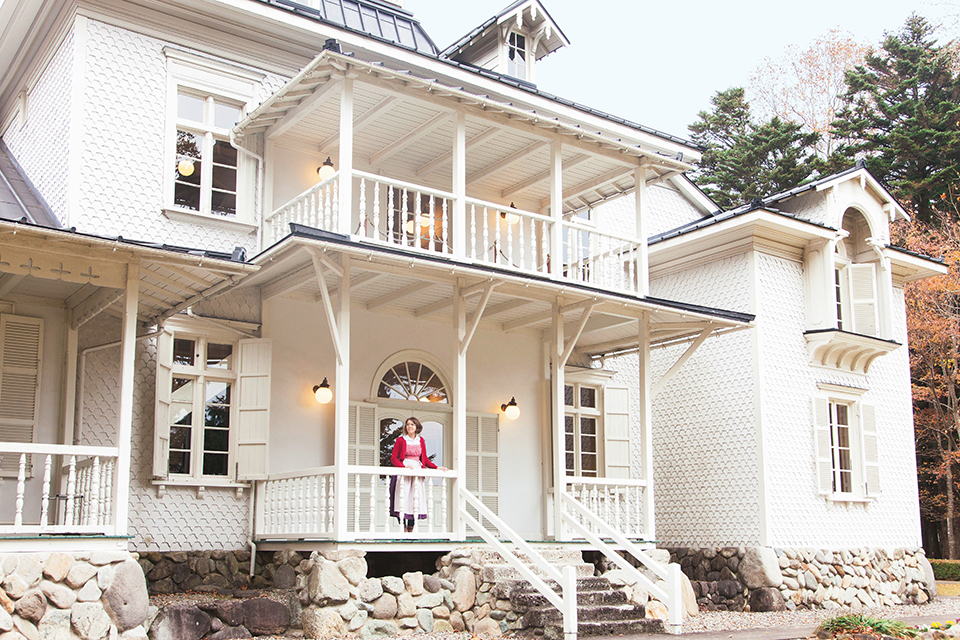
In front of the villa of Shuzo Aoki, designated as an important cultural asset of Japan. Niklas Salm-Reifferscheidt, a descendant of Aoki, is the current head of the Salm family line that manages the Steyregg Castle (Schloss Steyregg) in Austria. "I feel a peculiar affinity for Japan," says Florentine.
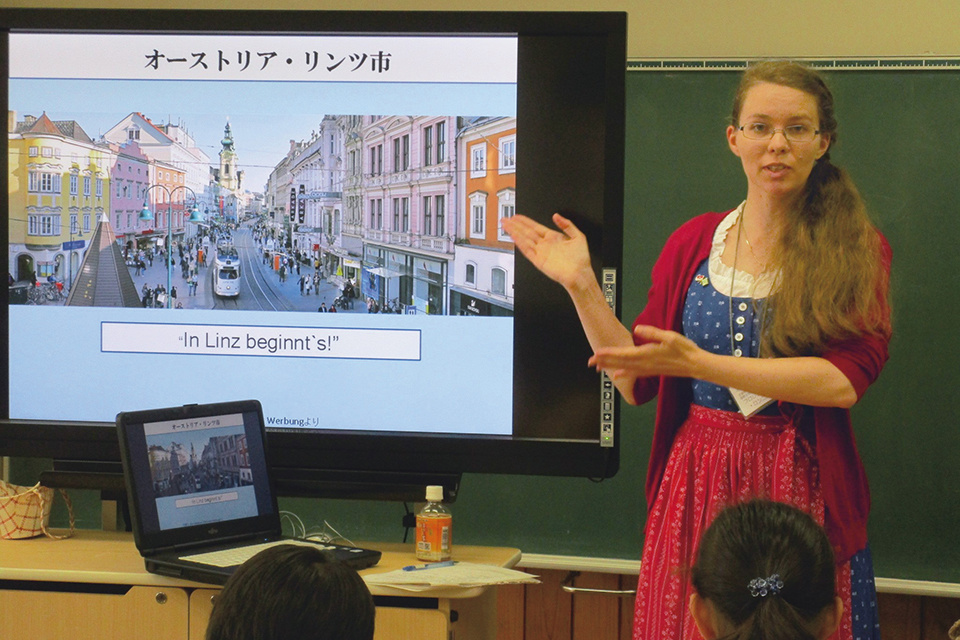
Florentine in a Austria’s national costume, the Dirndl, at Aoki Elementary School while explaining about the charms of Austria.
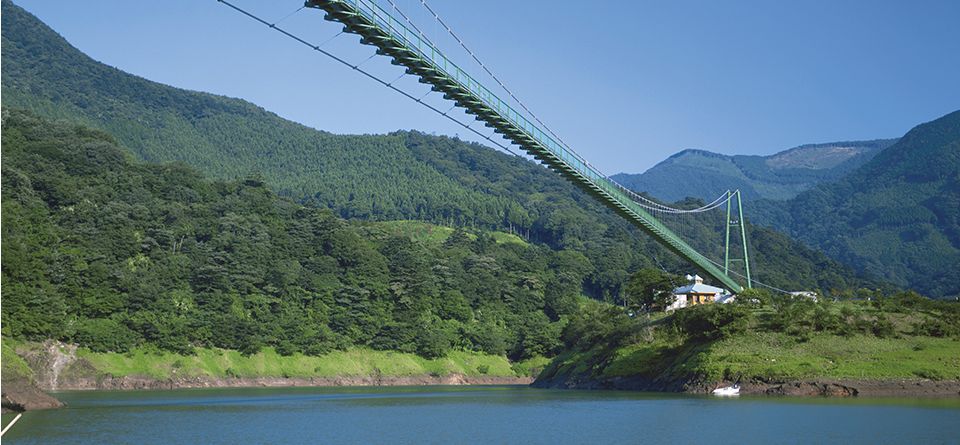
Beautiful sights of nature are everywhere. Florentine has taken countless photos.
